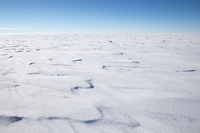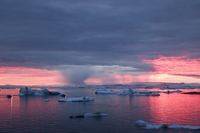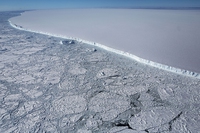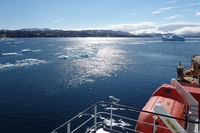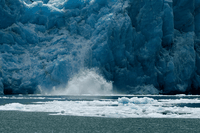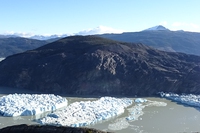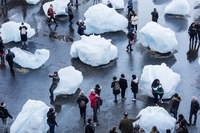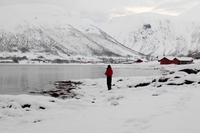
Midlatitude winter anomalies could become less predictable, study shows
The Arctic-midlatitude teleconnection will become a less reliable predictor of midlatitude winter anomalies in a warmer future.
The Arctic-midlatitude teleconnection will become a less reliable predictor of midlatitude winter anomalies in a warmer future.
The extent of sea ice in Antarctica reached a new record low on 21st February 2023.
Two new studies have revealed that the retreat of the Thwaites Glacier is happening in a different, more complex way than previously understood.
COP27 started in the wake of a remarkable revelation: Arctic summer sea ice will melt completely for the first time and at least once before 2050.
In 2017 the world’s largest iceberg, known as A68, detached from the Larsen C ice shelf and began drifting along the ocean. Today, it has almost entirely melted away.
The 4000-year-old Milne Ice Shelf, Canada’s last one, has collapsed due to temperatures 5 degrees higher than the 30-year average.
Kivalina is located on a small island once guarded by sea ice, which is now melting due to global warming. While the sea threatens to wipe the village off the face of the Earth, its inhabitants refuse to give up their lives and traditions.
The last ten years have been the most “exceptional” and hottest decade ever, with extreme weather hitting people and ecosystems harder and more frequently. 2019 is also on course to becoming the second or third hottest year since records began.
In just 15 days, two icebergs that cover thousands of square kilometres broke off from Chile’s Grey Glacier. Such alarming events are taking place more frequently due to rising temperatures.
As the world discusses climate action at COP24, artist Olafur Eliasson’s Ice Watch installation shows us what’s happening in the Arctic. The ice blocks are on exhibit in front of London’s Tate. Until they’ll melt.

